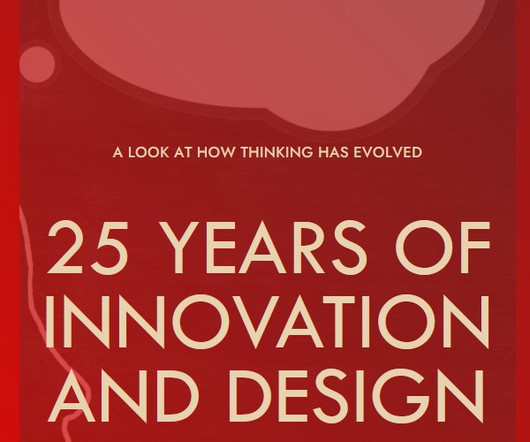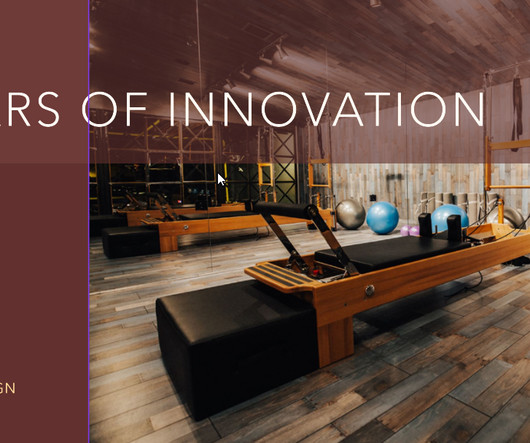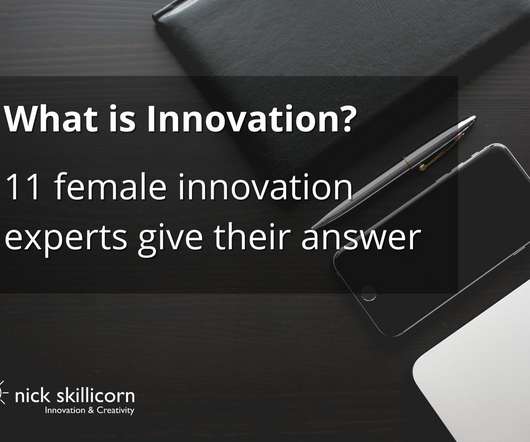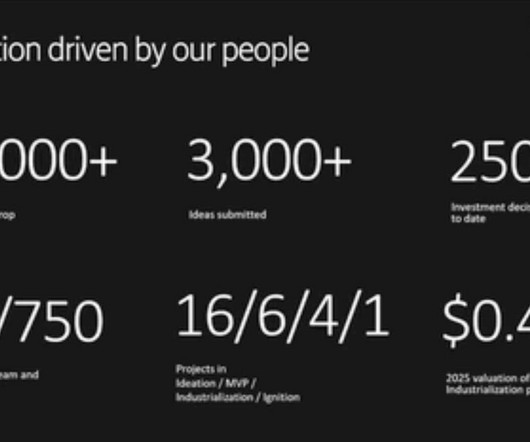Have organizations become more collaborative over 25 years? What has enabled that?
Paul Hobcraft
MAY 9, 2024
Collaboration, Idealization and the enabling of innovation I have have been looking back at innovation and how it has changed over the last twenty-five years. This is the second post looking more at collaboration and idealization and how and what has helped it evolve in this period.












































Let's personalize your content